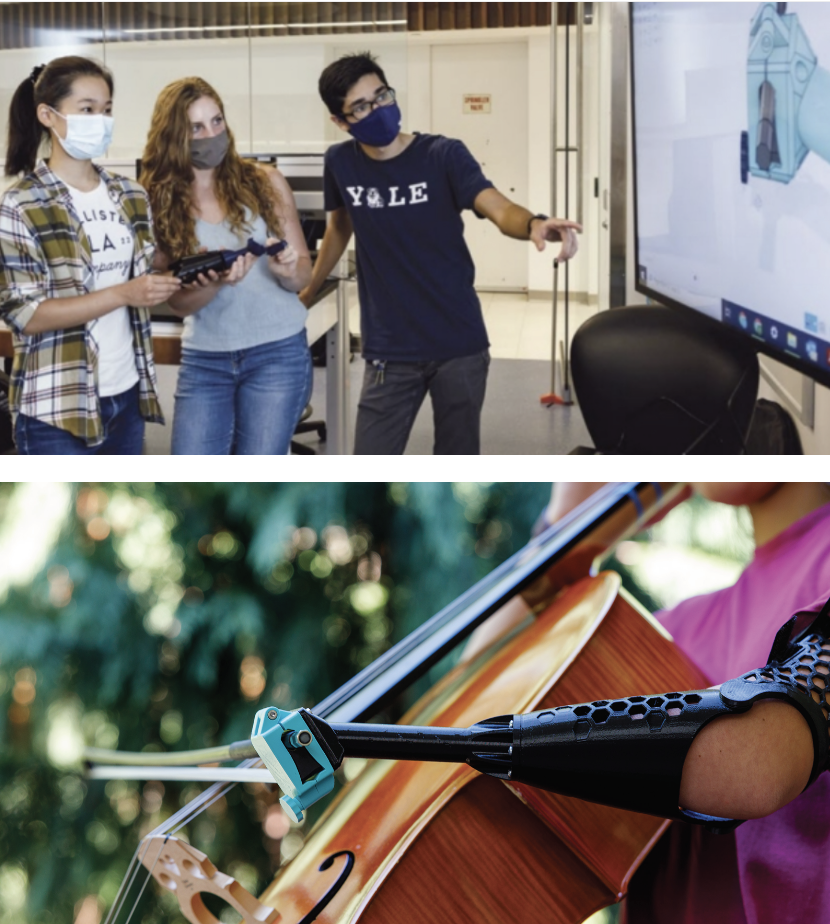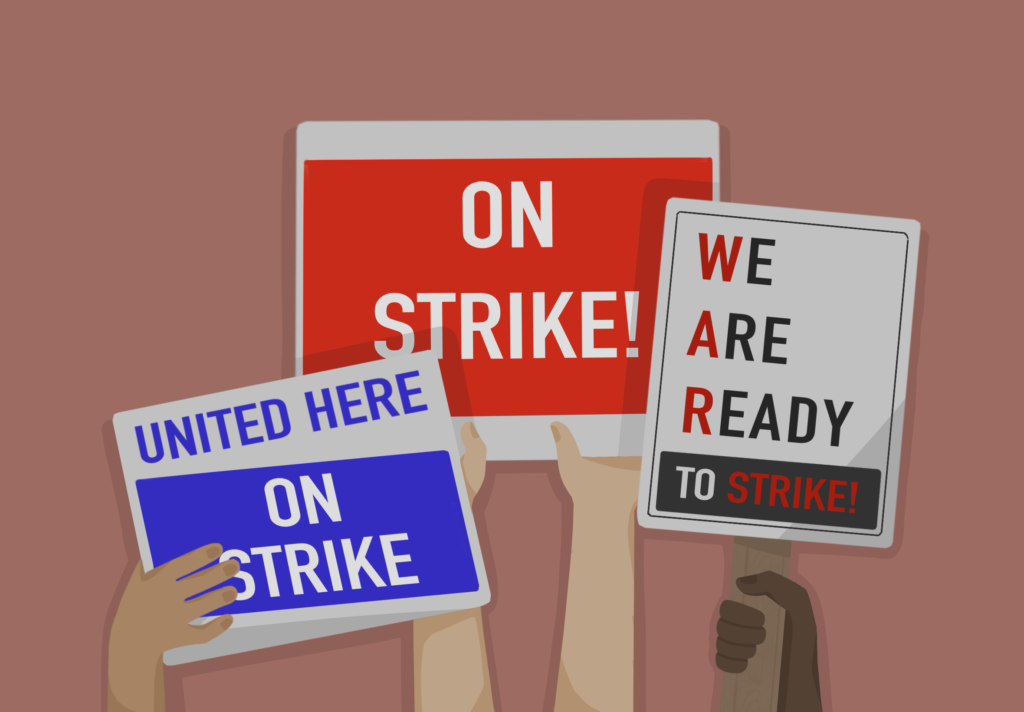
e-NABLE is a group of volunteers around the world who work to give the world a helping hand by using 3D printers to print and distribute prosthetic replacements for upper-body limbs. These prosthetics are provided to adults and children who have lost limbs in accidents, conflicts, and illnesses. e-NABLE’s volunteer base has representatives from every field and background because everyone, from engineers to students to artists, can volunteer for this organization and make an impact. The importance of this organization lies in the inaccessibility of prosthetic limbs. e-NABLE prosthetics aim to provide a multitude of widely accessible, low-cost alternatives.
In order to cover a variety of geographical locations and get more volunteers, e-NABLE has a chapter program where people can apply to start their own chapters and print prosthetics within their organization. There are currently 140 chapters internationally, with branches in countries such as Sierra Leone, Hungary, Japan, and Australia. Closer to home, Yale University in New Haven has its own chapter, run by Grayson Wagner, which was founded in 2020. Although it was only recently started, the Yale chapter of e-NABLE has already made headlines in the 2021-2022 edition of the Yale Engineering Magazine for their “cello arm” project.
The “cello arm” project originated when the father of Emily Reid, an 11-year-old cellist who required an arm prosthetic, sent an email to Yale Engineering. He hoped a student could design a more functional prosthetic to allow Emily to play the cello with ease. The students of e-NABLE jumped at the chance to make such a specialized prosthetic and went to work. Despite their determination and eagerness, the process was challenging, especially in the midst of a pandemic. During the design process, the Yale e-NABLE team struggled particularly with durability, as Emily’s first prosthetic broke after only a week of playing. To address the fragility of the material, the team tried using more durable plastic and changed the infill pattern to optimize the prosthetic’s strength. Wagner reflected on the challenges involved with the creation of the “cello arm.” She said, “It was difficult since we weren’t all on campus. There was a lot of mailing of parts, and trying to spread the word was difficult without having in-person meetings.” Despite the challenges of communicating virtually, the team was able to produce a working prosthetic that Emily has since enjoyed.
Although Emily’s prosthetic meets her needs, the e-NABLE team is still improving the device. The affordability and convenience of 3D printing, enables the group freedom to create new prototypes and model new ideas.
As Yale e-NABLE’s Vice President Christy Zheng advised, “I definitely encourage students to just mess around with 3D printing and see what comes out of it!”




